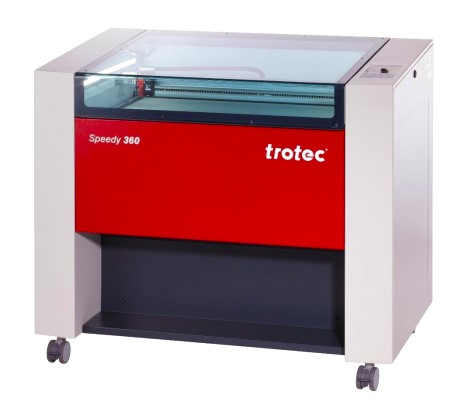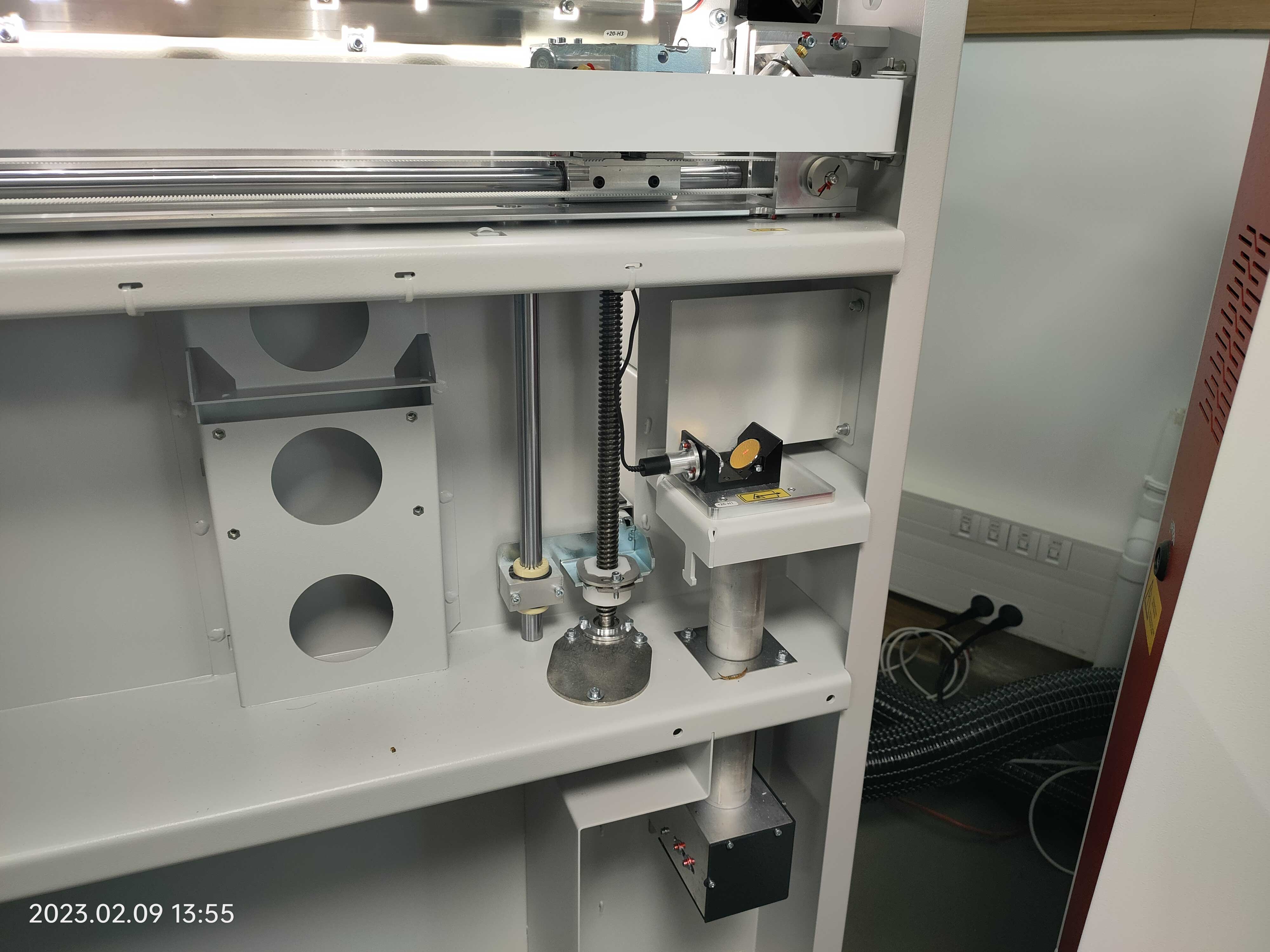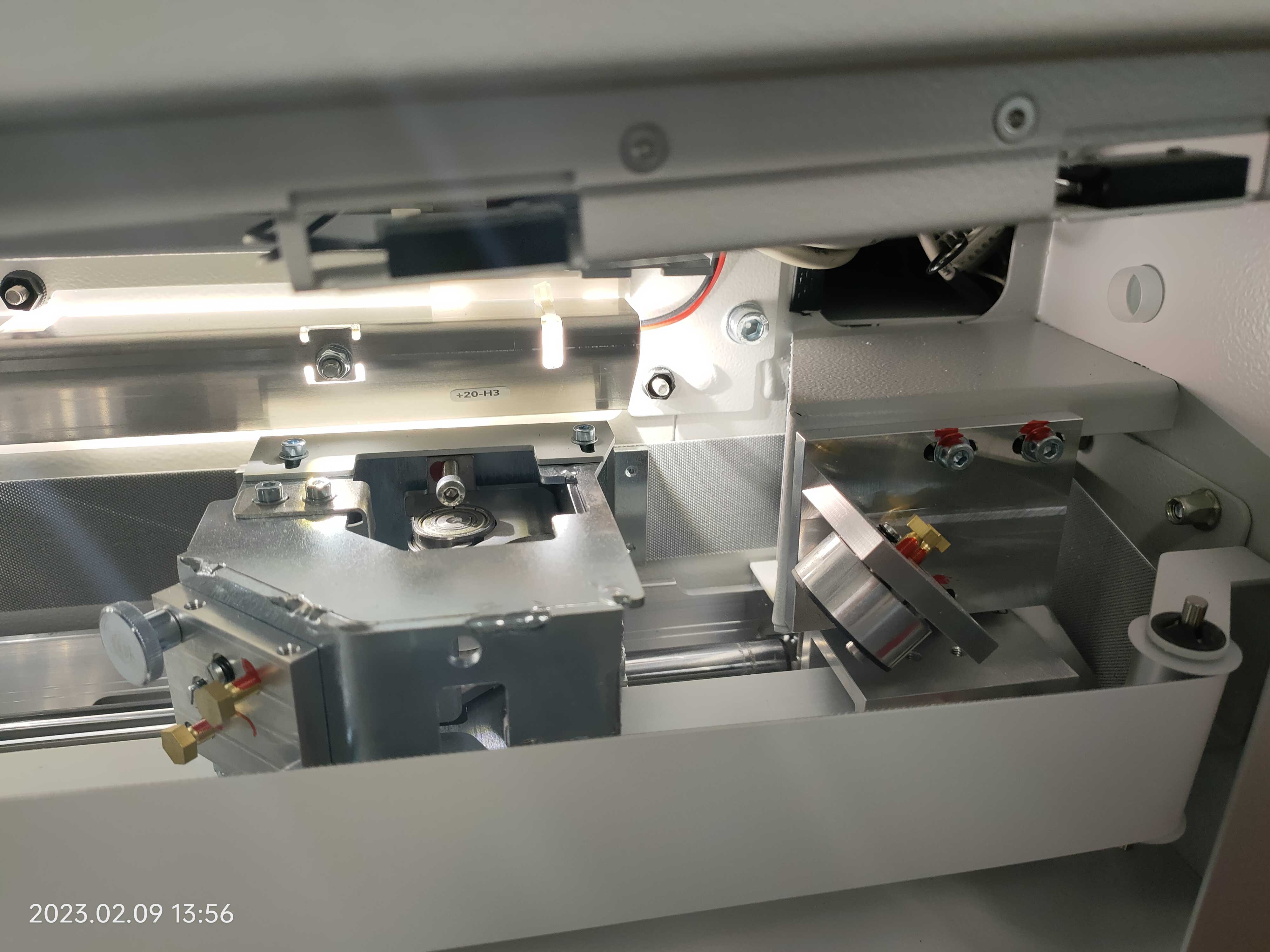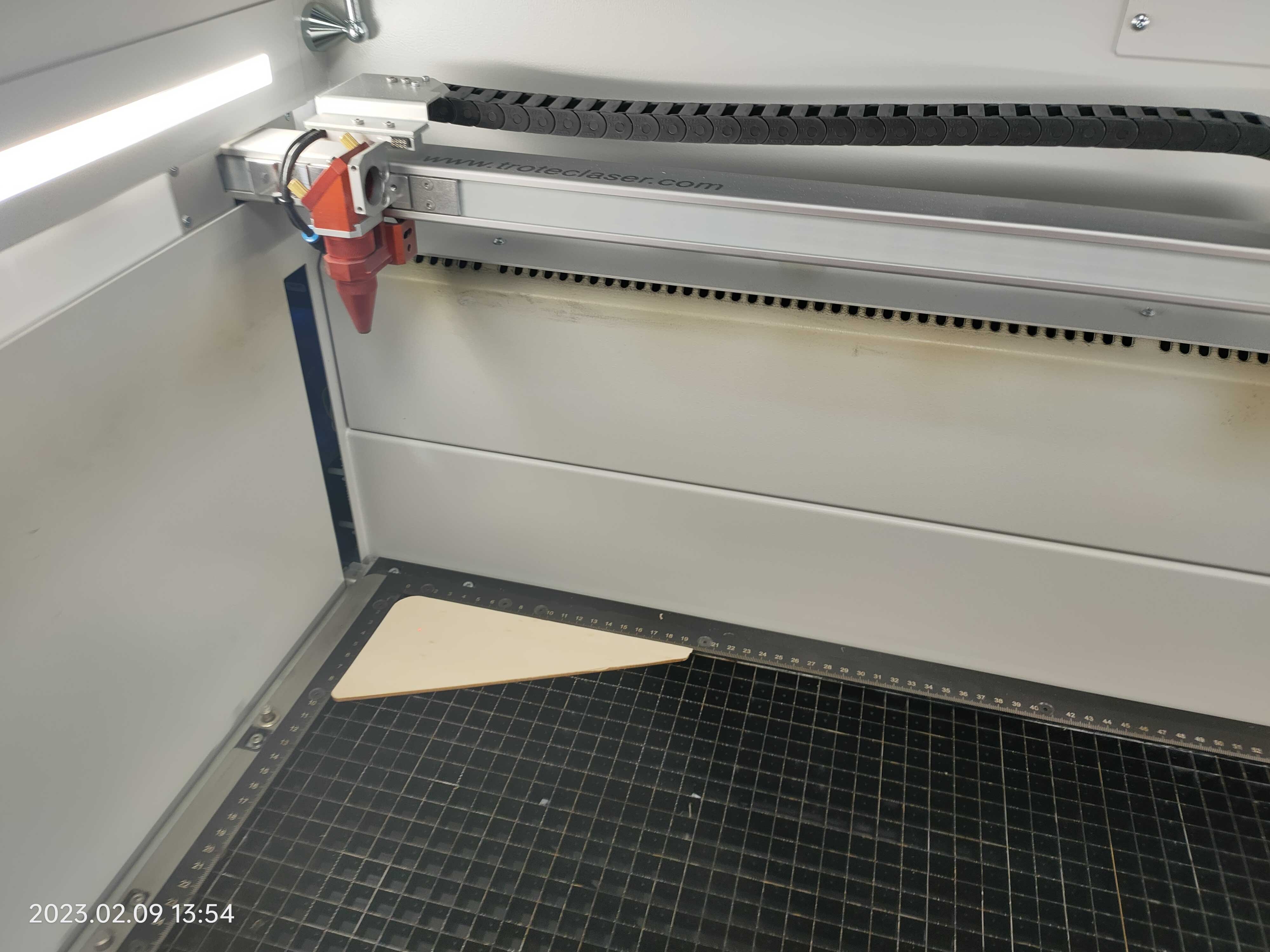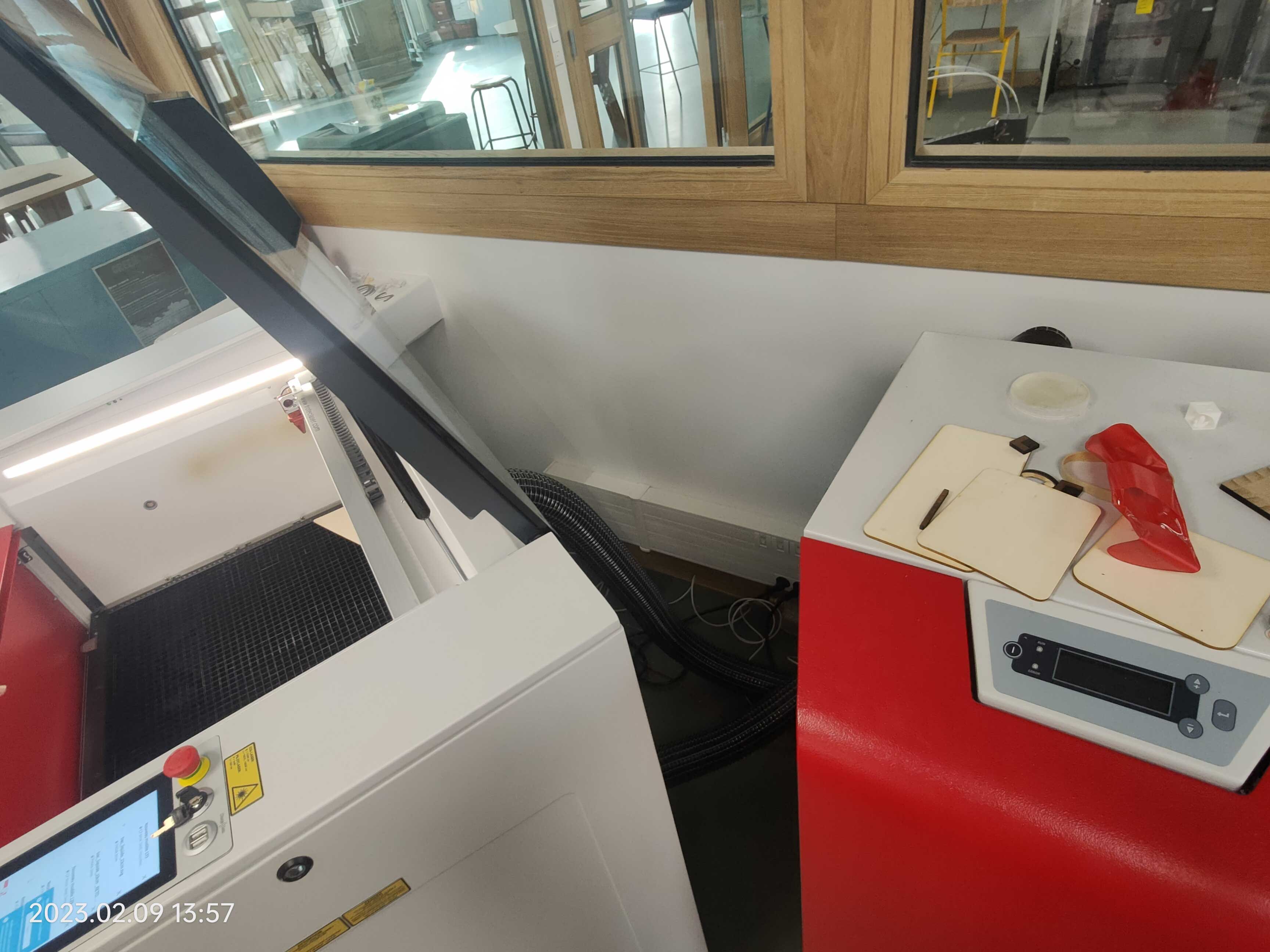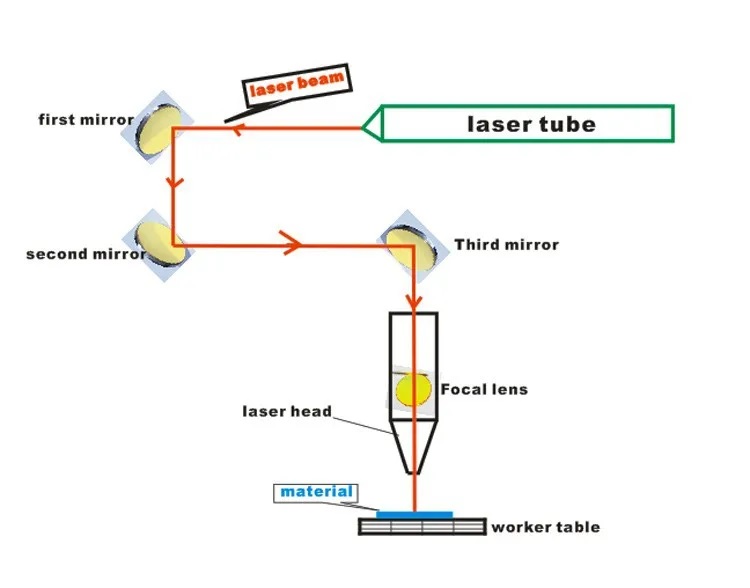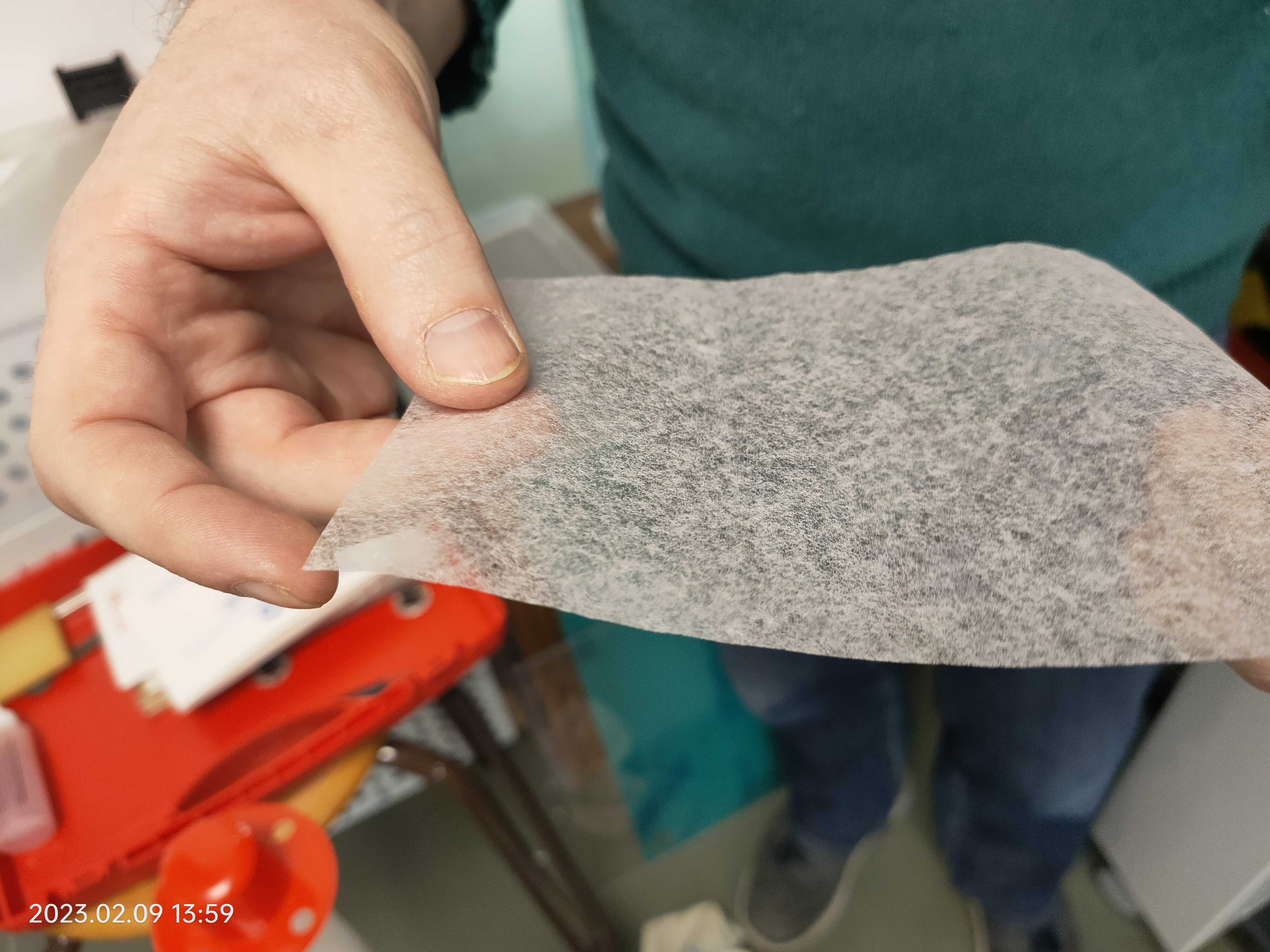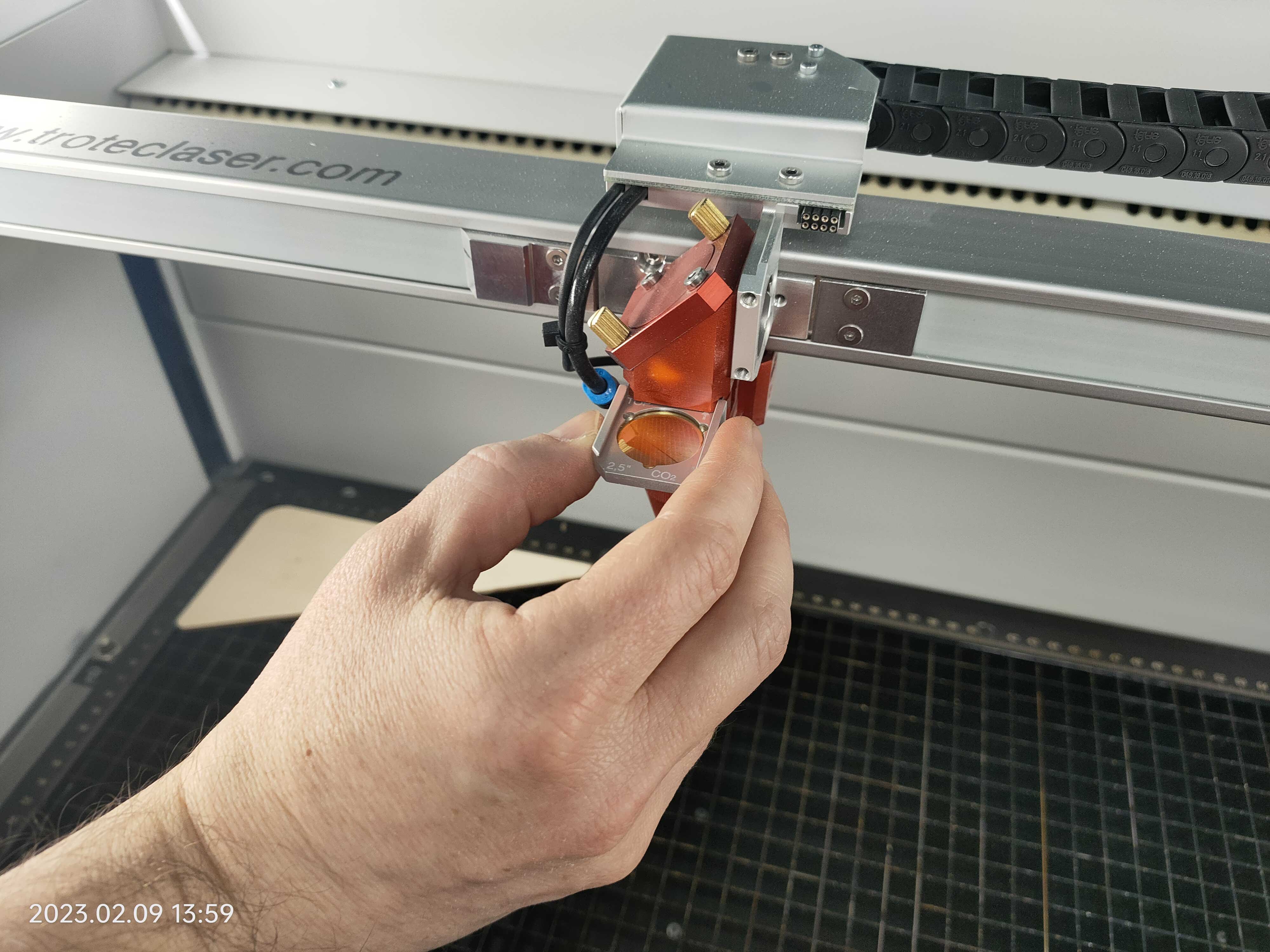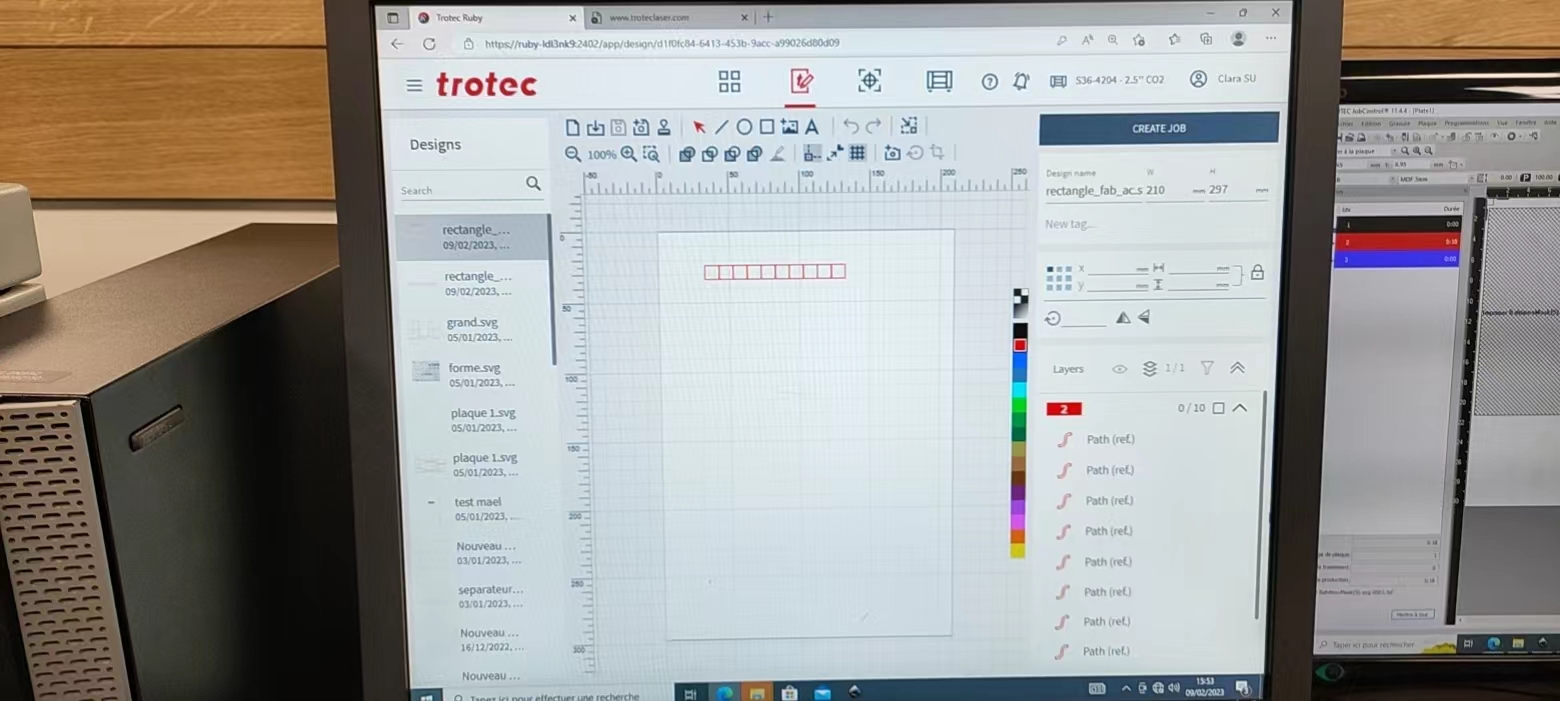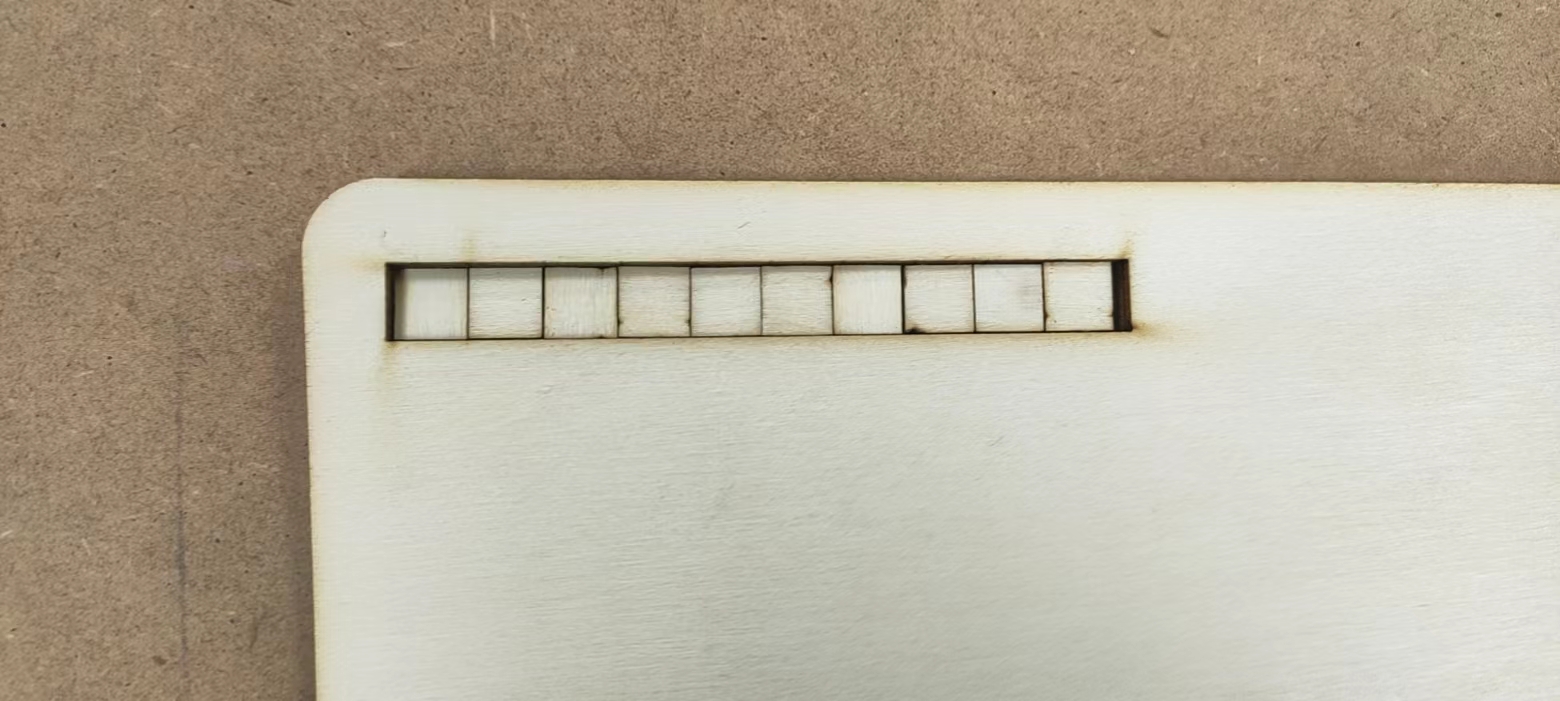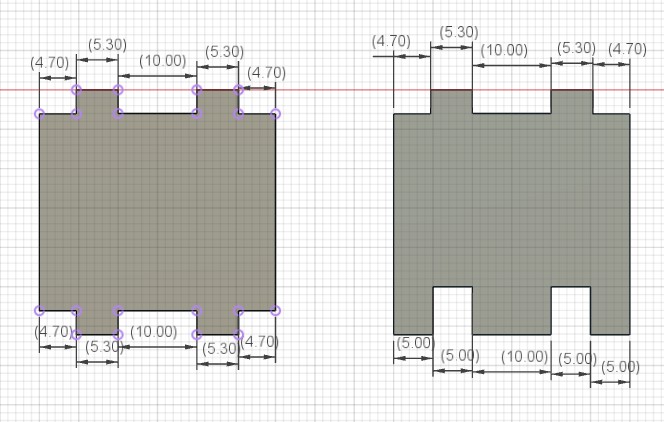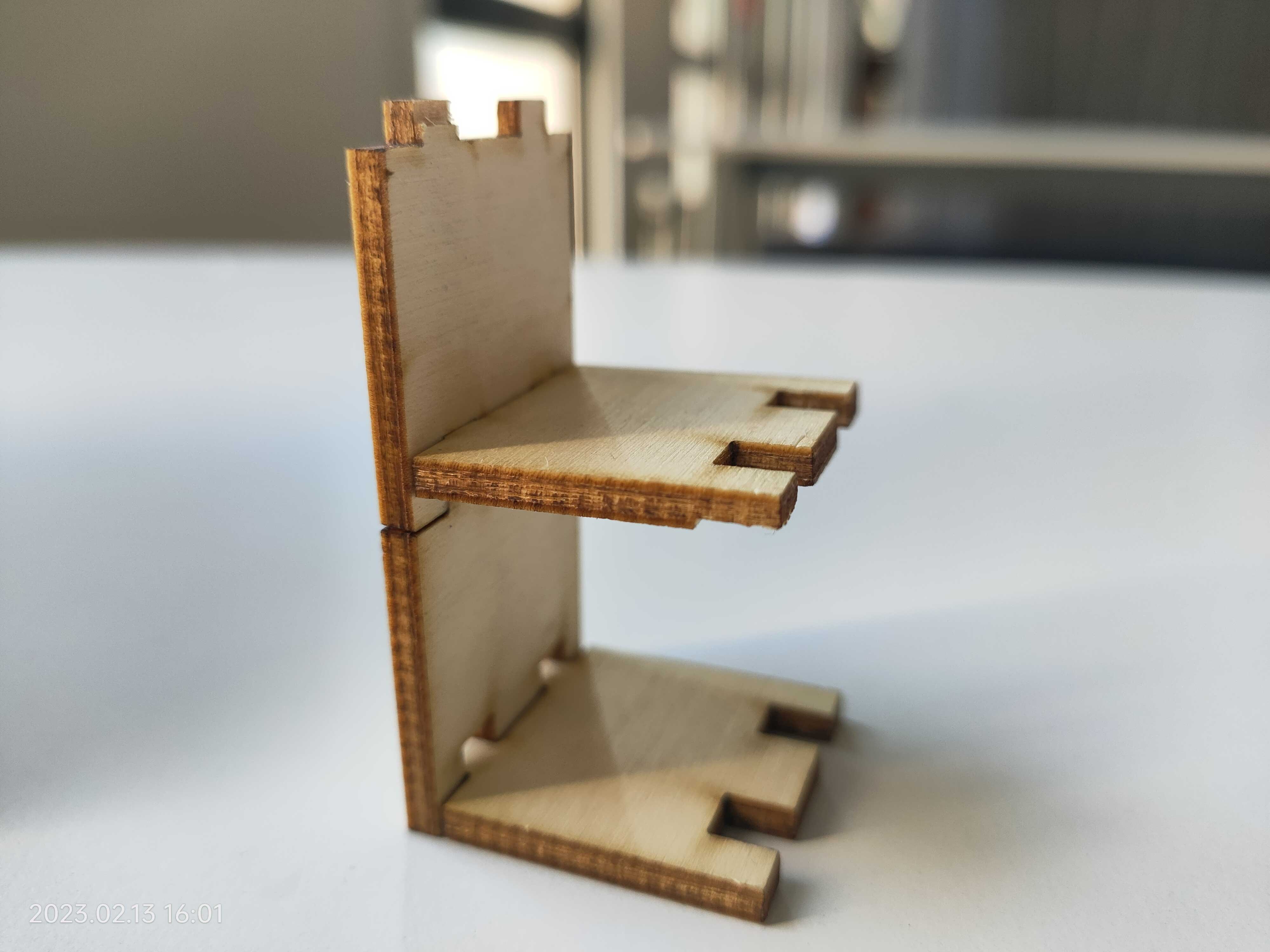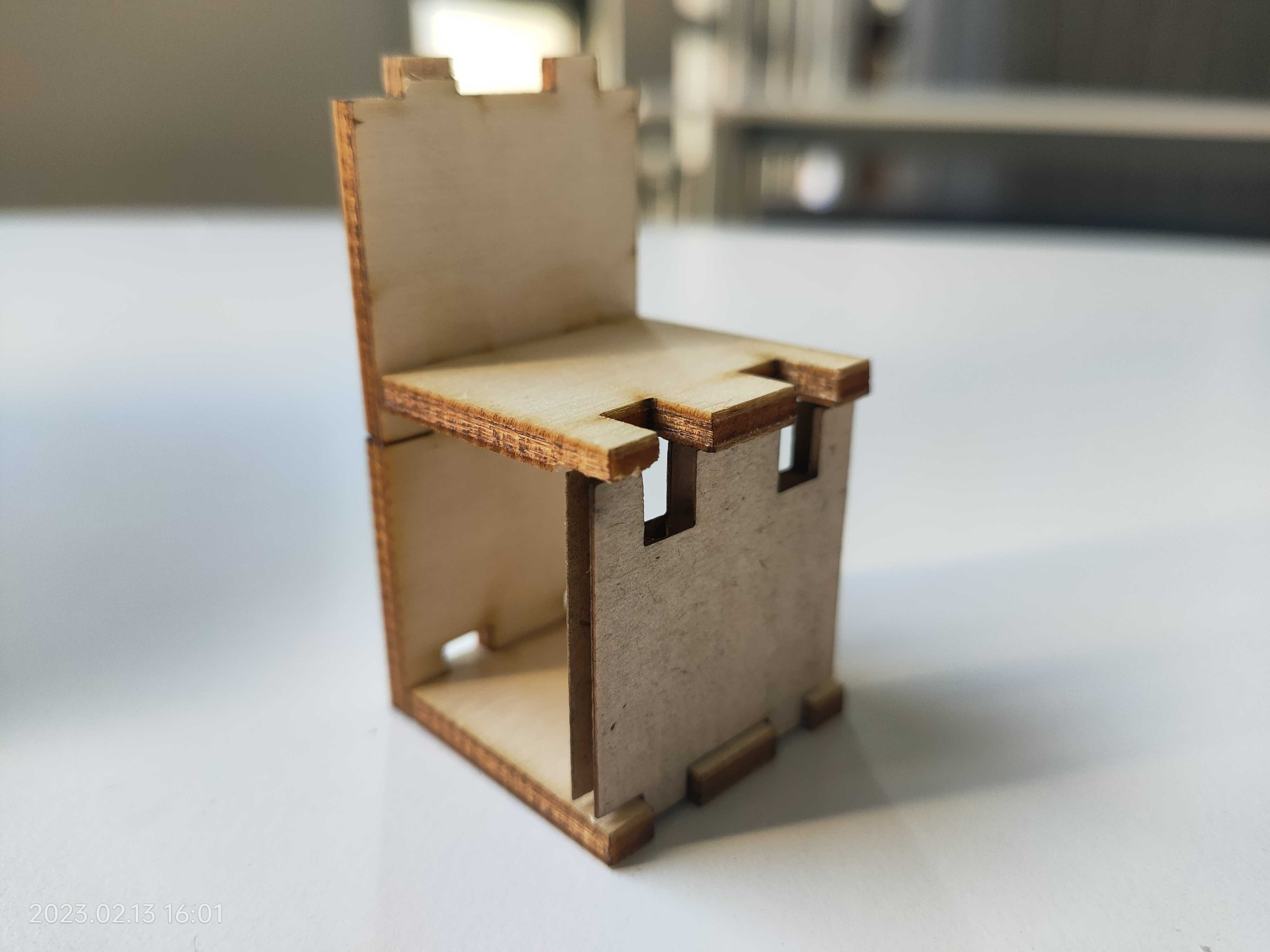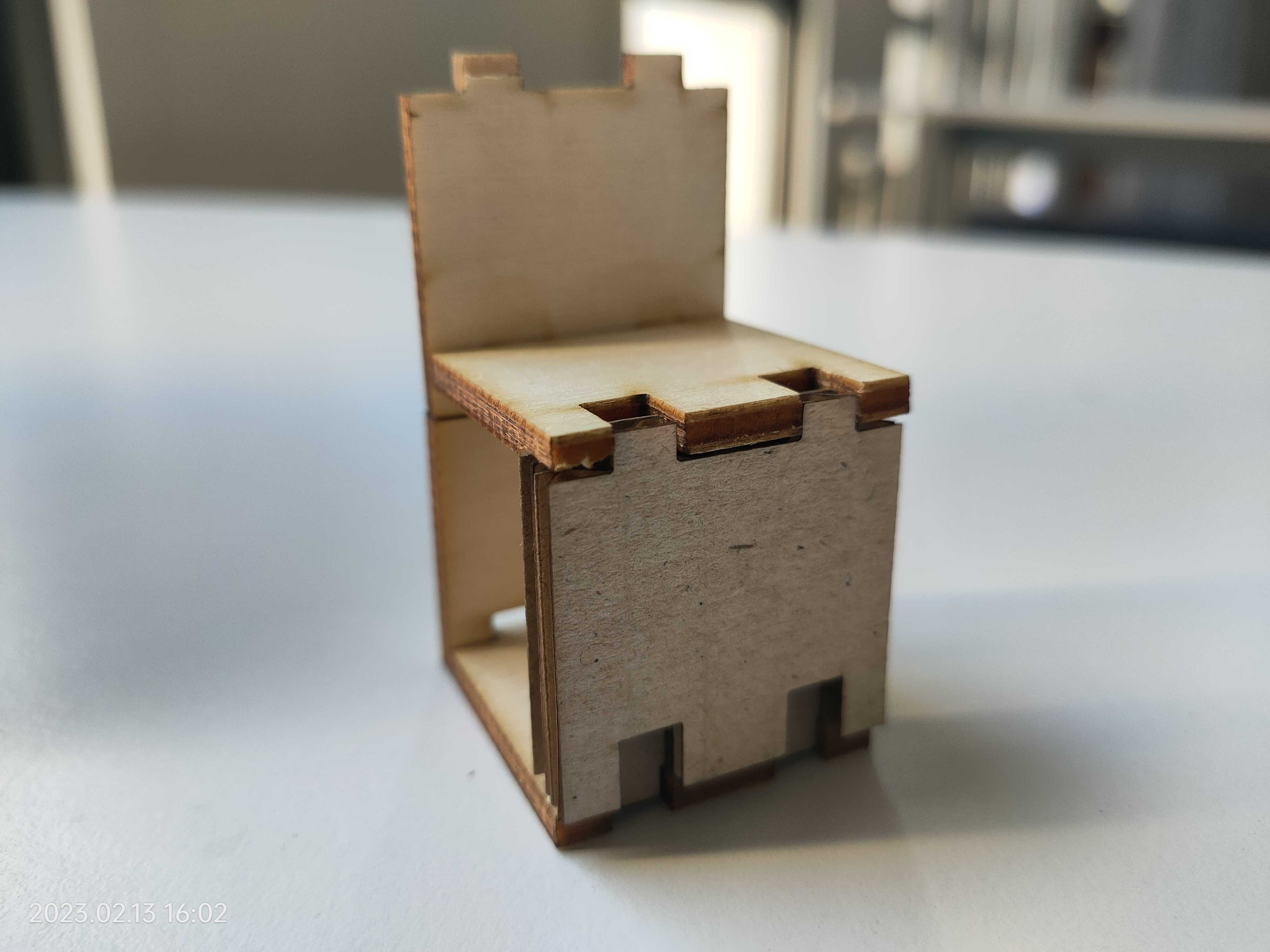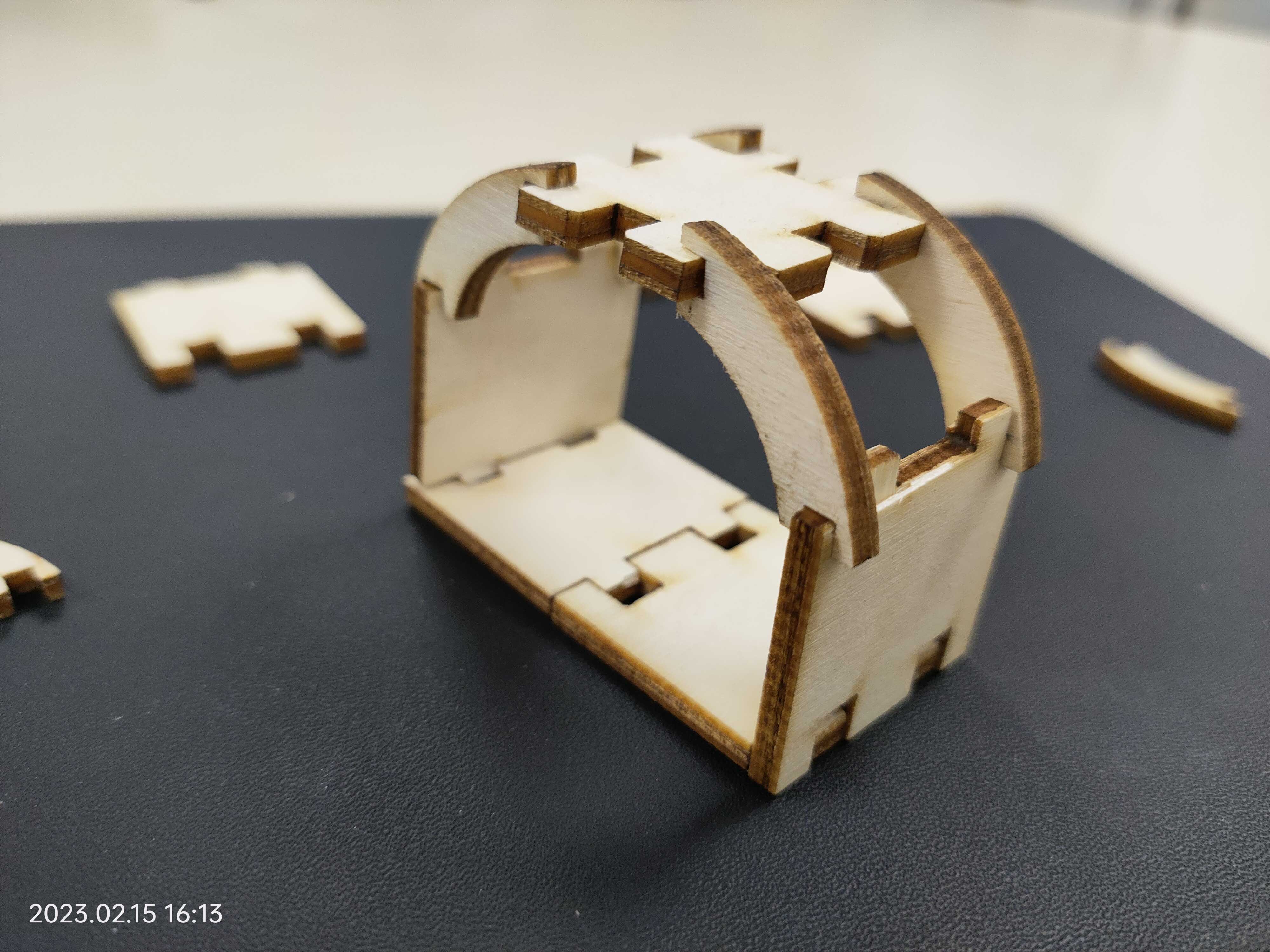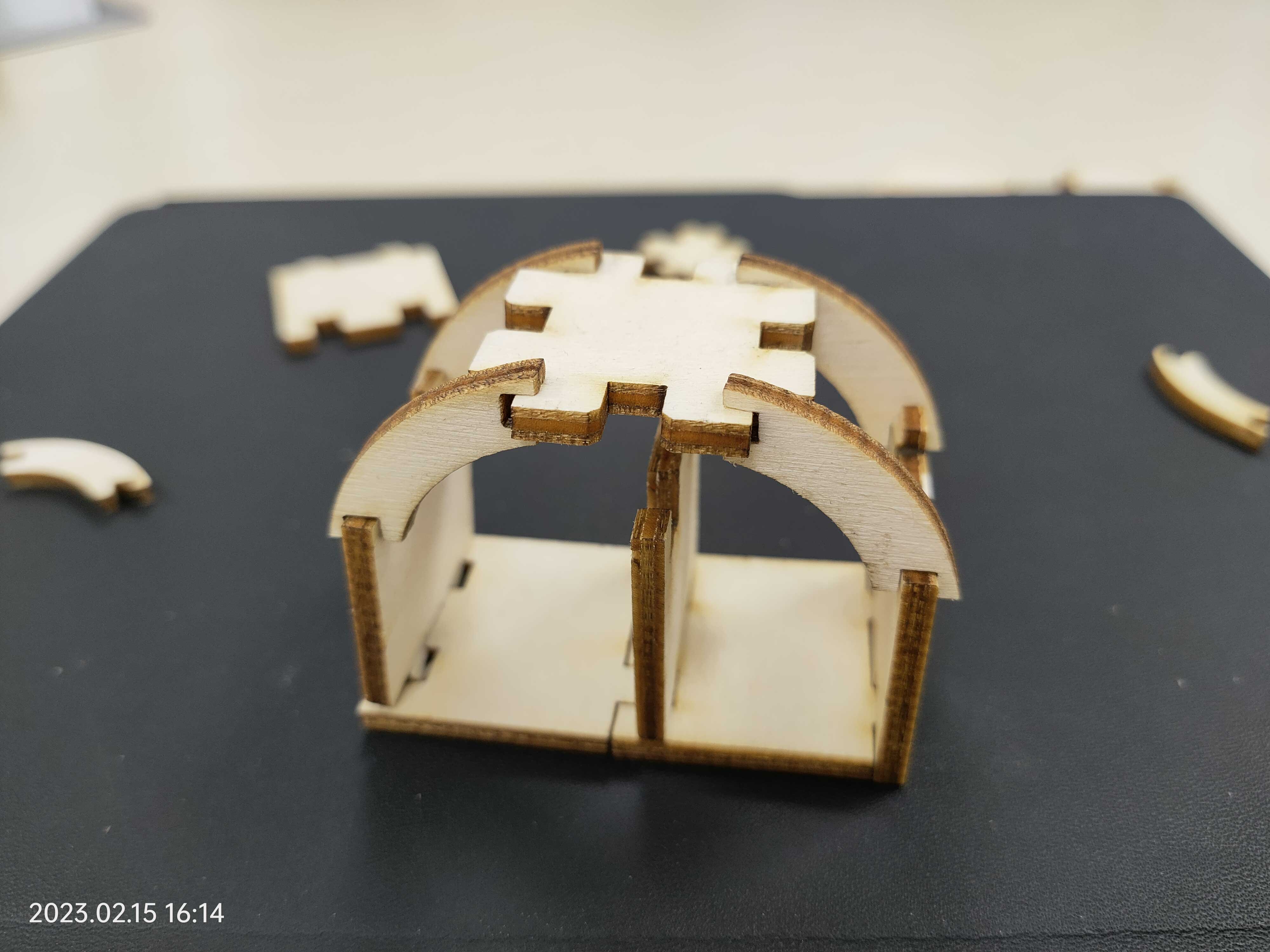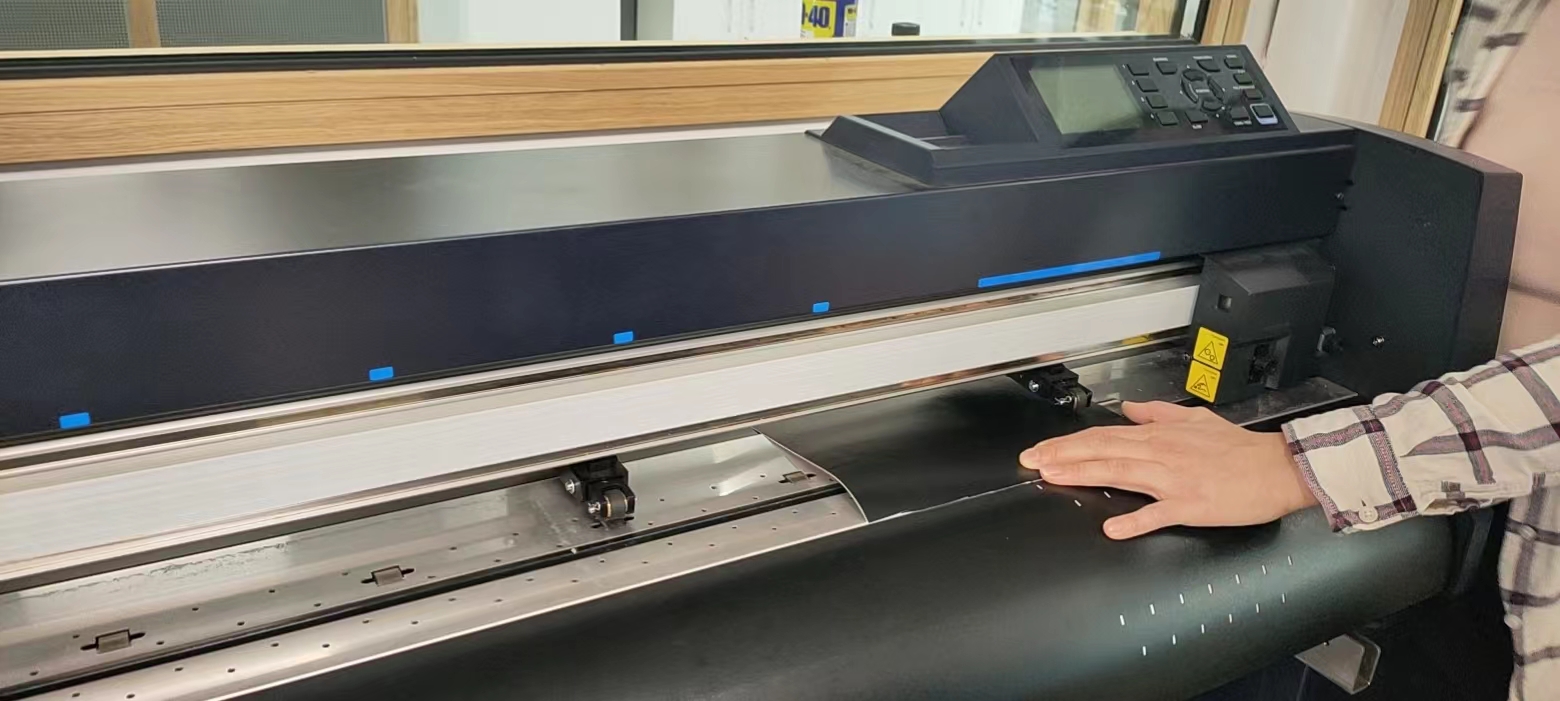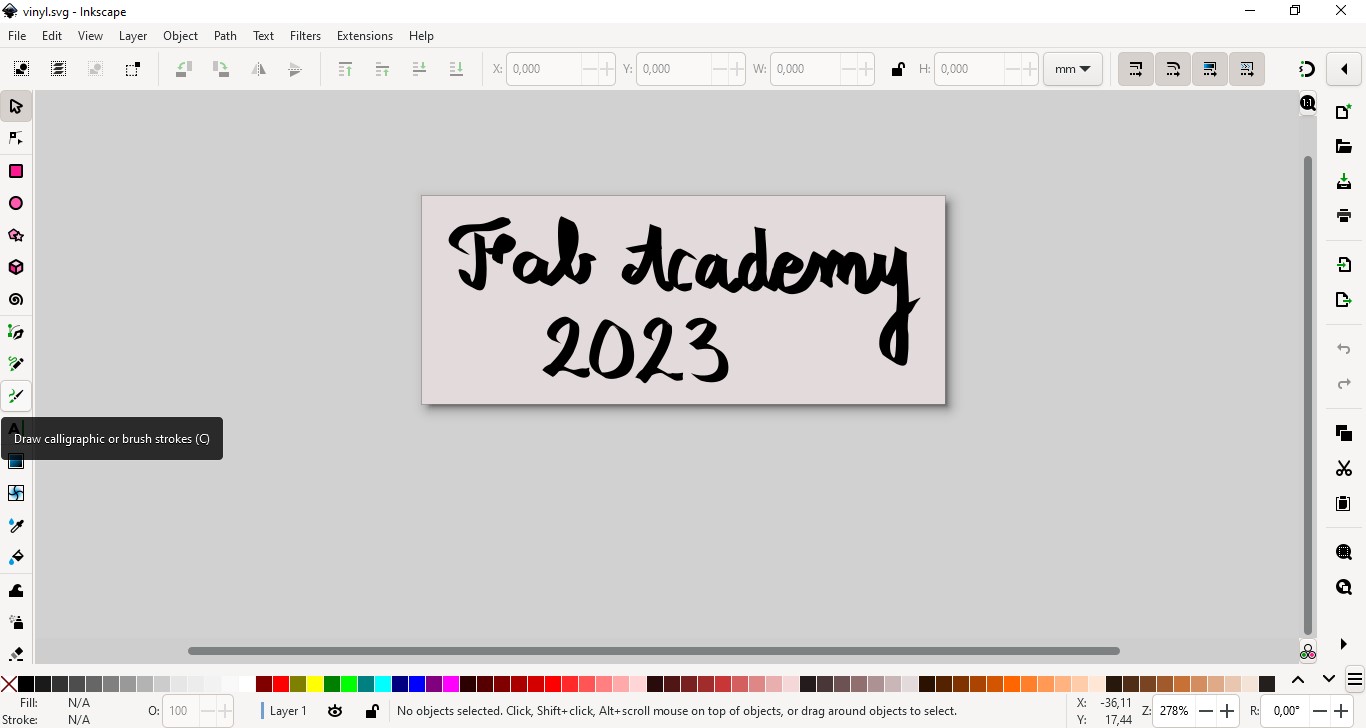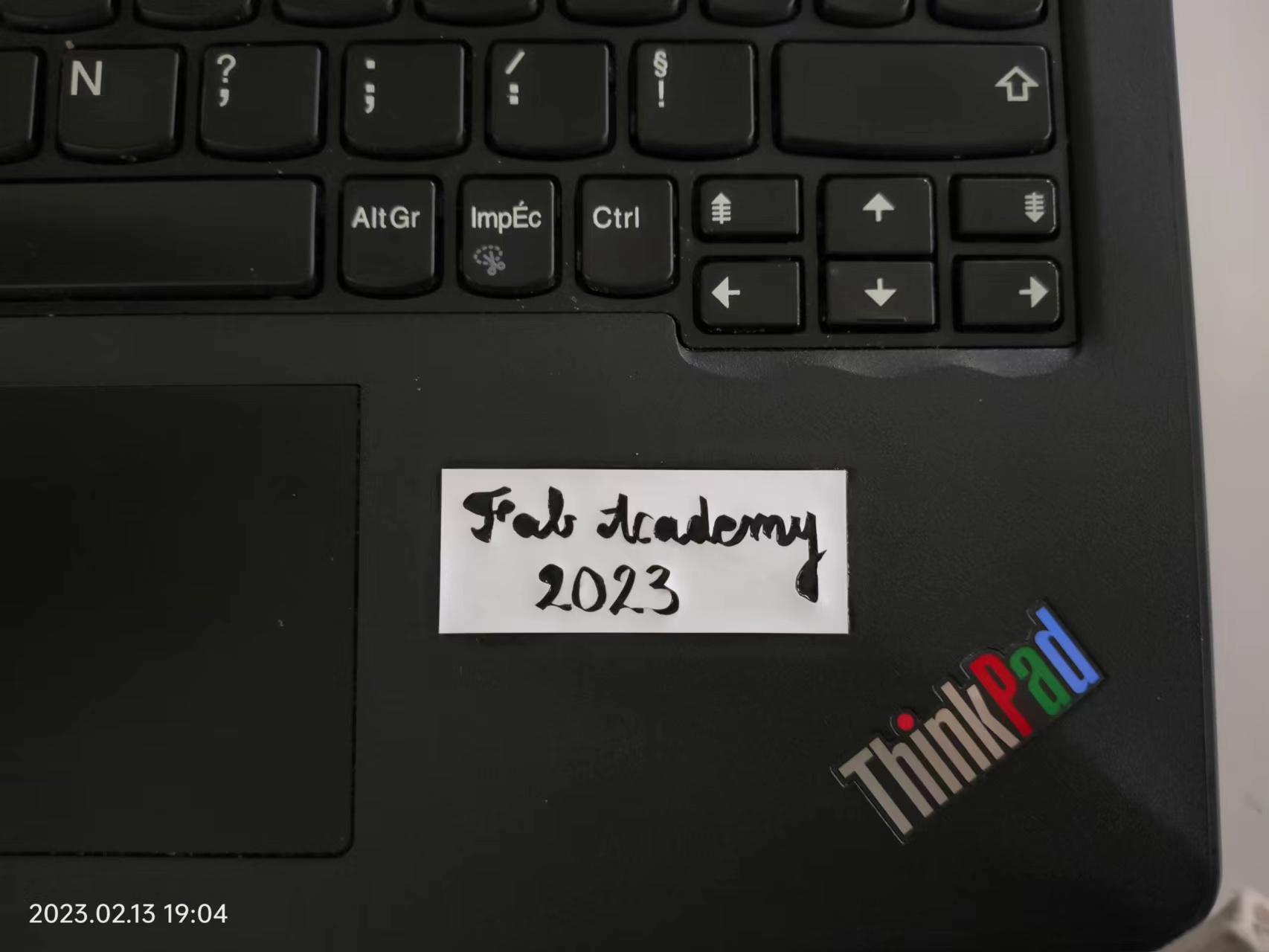Week 3 - Computer-controlled cutting¶
Assignments | Week 3 | Computer-controlled Cutting
Group assignment
- Characterize your laser cutter’s focus, power, speed, rate, kerf, and joint clearance.
- Document your work to the group work page and reflect on your individual page what you learned.
Individual assignments
- Design, lasercut, and document a parametric press-fit construction kit, which can be assembled in multiple ways.
- Account for the laser cutter kerf.
- Cut something on the vinyl cutter.
Learning outcomes (What should be achieved)
- Demonstrate and describe parametric 2D modelling processes.
- Identify and explain processes involved in using the laser cutter.
- Develop, evaluate and construct a parametric construction kit.
- Identify and explain processes involved in using the vinyl cutter.
Linked to the group assignment page. Explained how you created your parametric design. Documented how you made your press-fit kit. Documented how you made something with the vinyl cutter. Included your original design files. Included hero shots of your results.
Table of Content
Introduction¶
Evaluation¶
Documentation¶
Group assignments¶
Characterize your laser cutter’s focus, power, speed, rate, kerf, and joint clearance.
Laser cutter
Speedy 360 Run on Ruby®
With Stephane and Clara, I discoverd the laser cutter.
**How does a laser cutter work? **
In simple words, a laser cutter is like a very sharp and hot knife that can cut or draw on different materials with light.
The laser cutter uses laser beam to heat the material until it melts, burns, or vaporizes. By moving the laser beam along a path that is controlled by a computer program, we are able to cut or engrave the material. Because we are manipulating laser light, the cutter can make very fine and complex shapes and patterns on the material.
What is the difference between normal light and laser light?
I found an interesting answer to note.
“Normal light is divergent and incoherent whereas laser light is highly directional and coherent. Normal light is a mixture of electromagnetic waves having different wavelengths. Laser light, on the hand, is monochromatic. This is the main difference between Normal light and laser light”
Source: https://www.toppr.com/ask/question/what-is-difference-between-laser-and-normal-light/
I found two intuitive illustrations of the cutter and linked to their source.
Stephane explained the importance of machine maintenance.
If the lens are dirty, the laser cutter will not work well and the material will not be cut or engraved properly. The material can also get too hot or burn, which can be dangerous. Also, the lens can get damaged by the heat of the laser beam and break or melt. This can make the laser cutter useless and expensive to fix. It can also make some pieces fly or spark, which can hurt you or damage other things.
He showed us the special tissue to keep the laser cutter’s lens clean. It is important to clean the lens of a laser cutter regularly and properly, following the manufacturer’s instructions and using the appropriate tools and materials. This will ensure the optimal performance and safety of the laser cutter and prevent any potential hazards
I have been assigned to characterize the kerf
Account for the laser cutter kerf.
Materials:
- Parametric designing tool: Fusion 360
- Laser cutter
- Caliper
| Characteristics | Speedy | Description |
|---|---|---|
| Focus | Refers to the size of the laser beam at its focal point, which determines the size and intensity of the laser spot. The focus can be adjusted to optimize the laser’s performance for a specific material or cutting task. | |
| Power | 20 - 120 watts | Refers to the energy output of the laser, which is usually measured in watts. A higher laser power can result in a faster cutting speed or the ability to cut thicker materials. |
| Speed | 4,3 m/s | Refers to the speed at which the laser moves over the material being cut. This affects the cutting time and the quality of the cut. |
| Rate | Refers to the frequency at which the laser pulses or fires. A higher rate can result in a faster cutting speed. | |
| Kerf | 0.268 | Refers to the width of the material that is removed during the cutting process. The kerf is determined by the laser’s focus, power, and speed, as well as the properties of the material being cut. |
| Joint Clearance | Refers to the gap between two cut pieces of material that are meant to be joined together. The joint clearance can be adjusted to ensure a tight fit or a looser fit, depending on the requirements of the project. |
Source:
- www.troteclaser.com
- https://www.troteclaser.com/static/pdf/speedy-360/operating-manual-Speedy-360-en-2.2.pdf
- https://makerdesignlab.com/tutorials-tips/laser-cutting-beginners-guide/
Individual assignments¶
Design, lasercut, and document a parametric press-fit construction kit, which can be assembled in multiple ways.
Press-fit construction kit¶
A parametric construction kit reminds me of Lego’s construction toys. As a beginner to laser cutting, I was thinking to make something basic, a kit that allows us to construct random objects, just like Lego!
I started to brainstorm shapes for the unit component in my notebook:
Parametric design in Fusion 360
I designed 3 different shapes in Fusion360
- Laser cutting
Test n°1
I cutted cardboard and 3mm plywood. The
Using the vinyl cutter¶
The machine I used:
Vynil cutter
Thinkpad 11e Yoga Gen 6
Before cutting
I used
-
The Thinkpad Pen Pro that comes with my touchscreen computer
-
The calligraphic pen tool of Inkscape
I was able to draw and write on Inkscape. And the idea of making a handwriting sticker just pop up in my mind after I figure out what tools I can use.
I drew and undo several times to make sure it is the shape that I imagined.
If I can redo this, I will try the print and cut
https://www.anikasdiylife.com/what-is-saw-kerf/

